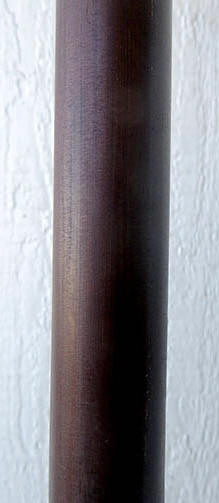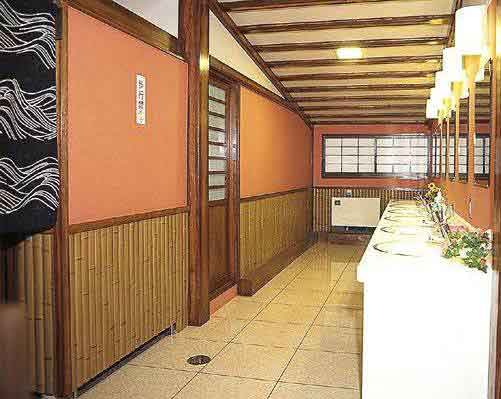|
| |

  
Stained bamboo
White
Black Mahogany
Bamboo is a hardy material used in furniture, building material, decor, and a lot of other products where hardwood are replaced . Although
different species of bamboo comes in different colors, sheens, and textures, in
general, bamboo's naturally dry color is a yellow, cream color. There are two
ways to change the color of the bamboo to your desired look. You can stain or
heat treat the bamboo to a darker color or change it to a completely different
color. Staining can add a mixture of different colors, while heat treatment only darkens
it to a mahogany or brownish color. We recommend Amteco 300 for
staining or sealing your bamboo product.
Preparation for staining
- Wash the bamboo with a non-abrasive cloth with soap and water before
getting ready to change the color of bamboo. Allow the bamboo to dry
completely.
- Use fine-grained sandpaper to lightly sand and remove the bamboo's
natural waxy layer. All bamboo has this outer layer which will prevent the
bamboo from being stained. Make sure you sand the bamboo evenly, if
not the bamboo will not be evenly stained. This will
give the bamboo a mottled look.
- If the bamboo you desire to stain has been left out in the weather for
several months, it may have turned a light gray color. Bamboo that has been
weathered has lost its tough, waxy, outer layer and will readily take a
stain, varnish, or paint. You just need to do the first step.
Be aware that sanding the bamboo will change the character of the bamboo
since it removes the bamboo's natural sheen and reduces the nodes.
Staining the bamboo
- Use circular motions with a sponge or rag to stain the bamboo. Pay
attention to the node areas.
- If you find that the bamboo is not taking the stain, wipe off the extra
stain with a rag and allow the area to dry. Try re-sanding the area and then
re-stain.
- Allow the stain to dry the specific number of hours recommended by the
manufacturer. Add several coats as needed to get the desired color.
- Finish with a sealant that will bring back the shine and prevent the
bamboo from drying out and becoming brittle.

Heat treated bamboo wall
Heat-Treating Bamboo
- Toast the bamboo with a handheld torch. Gently move the torch back and
forth down the length of the bamboo until the desired color is reached.
- Work in 6-inch sections, and turn the bamboo as needed. Work all the way
around before moving on.
- You may use a high-gloss paint if painting bamboo to give it a natural,
glossy shine.
- Heat-treating bamboo, but not browning it, can be useful in killing any
insects or eggs within the bamboo. It will also remove the starch, which
attracts detrimental insects and gives the bamboo a natural, glossy sheen.
Observe the bamboo as you heat it, and when an oily residue rises to the
surface, gently wipe it off with a rag. Do not use the same section of the
rag twice or you will put oil back onto the bamboo. Overlap sections when
heating for best results.
If you think these are too much work to stain your own bamboo, you can buy
our stained bamboo from our website.
|
![]() Gardeners' Corner
Kids'
Garden
Sustainable Garden
Go
Shopping
Gardeners' Corner
Kids'
Garden
Sustainable Garden
Go
Shopping![]()





